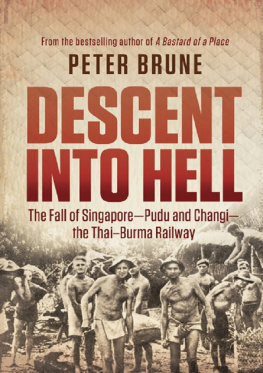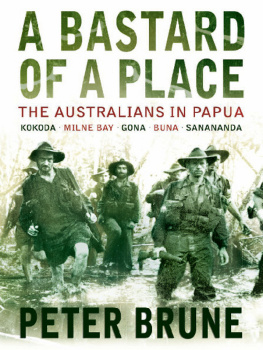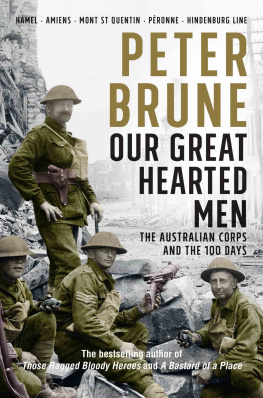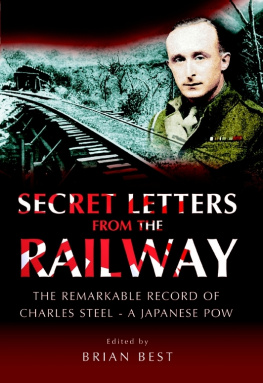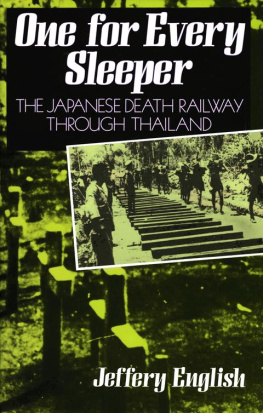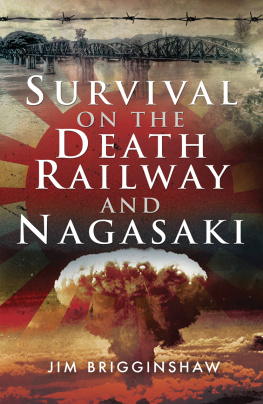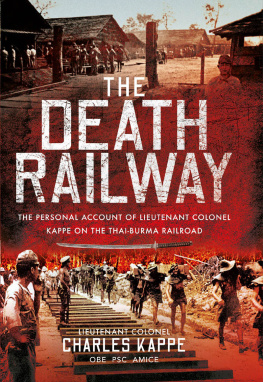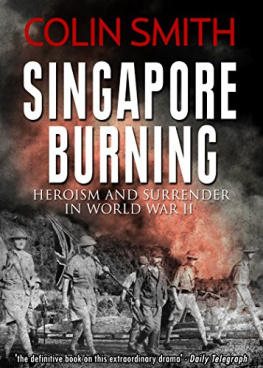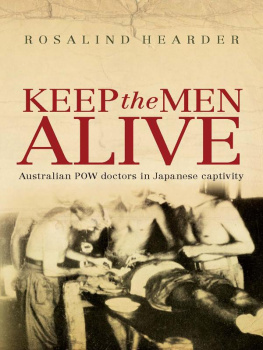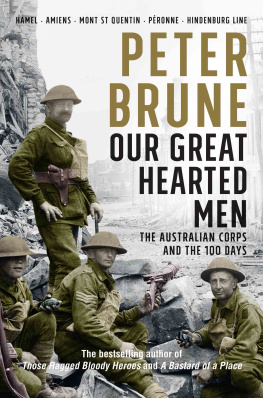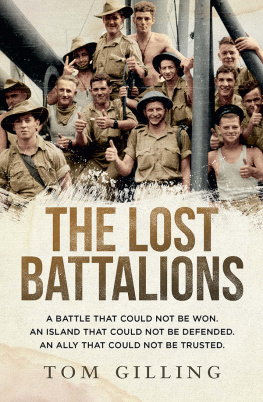
Praise for A Bastard of a Place
Here is that marriage of good writing to good scholarship that one seldom comes upon. Peter Brunes prose crackles and sparkles and he has done the hard work on the ground. You can smell the jungle. If Papua was a bastard of a place, this is a pearl of a book.Les Carlyon, author of Gallipoli
Brune is that rare combination of a great researcher, powerful historian and good writer, and A Bastard of a Place brings all those qualities together on the canvas of Australias greatest war story.Peter FitzSimons, Sydney Morning Herald
Any Australian high school that lacks a copy of this book in its library has ceased to teach Australian history.Peter Ryan, Weekend Australian
They are the custodians of the Australian Digger legend, typified by mateship, compassion and selflessness forged at Gallipoli... Triumphant is the Australian soldier to whom this book is dedicated.
Christopher Bantick, Canberra Times
With the skill of a great storyteller, Brune blends these high-level strategic command issues with riveting accounts of combat and its aftermath, often letting soldiers speak for themselves... Brunes book is a timely reminder that, despite the warmest alliances, nations sometimes have to stand up and save themselves.Geoffrey Barker, Weekend Australian Financial Review
... A Bastard of a Place undeniably ranks as the best book ever written about Aussie battles in Papua... Very highly recommended, and certainly one of the best books of the year.Stone & Stone Second World War Books website
Few are more qualified to write of the Papuan campaign than Brune.
Chris Brice, The Advertiser
Peter Brune is one of Australias leading military historians. He is the author of the bestselling and highly acclaimed A Bastard of a Place: The Australians in Papua, as well as Those Ragged Bloody Heroes: From the Kokoda Trail to Gona Beach 1942, The Spell Broken: Exploding the myth of Japanese invincibility, and We Band of Brothers: A biography of Ralph Honner, soldier and statesman, and is co-author with Neil McDonald of 200 Shots: Damien Parer and George Silk and the Australians at War in New Guinea. He lives in Adelaide.
First published in Australia in 2014
Copyright Peter Brune 2014
Maps by Ian Faulkner
All rights reserved. No part of this book may be reproduced or transmitted in any form or by any means, electronic or mechanical, including photocopying, recording or by any information storage and retrieval system, without prior permission in writing from the publisher. The Australian Copyright Act 1968 (the Act) allows a maximum of one chapter or 10 per cent of this book, whichever is the greater, to be photocopied by any educational institution for its educational purposes provided that the educational institution (or body that administers it) has given a remuneration notice to Copyright Agency Limited (CAL) under the Act.
Allen & Unwin
Sydney, Melbourne, Auckland, London
83 Alexander Street
Crows Nest NSW 2065
Australia
Phone:(61 2) 8425 0100
Fax:(61 2) 9906 2218
Email:
Web: www.allenandunwin.com
Cataloguing-in-Publication details are available from the National Library of Australia
www.trove.nla.gov.au
ISBN 978 1 74114 534 2
eISBN 978 1 74176 188 7
Typeset by Midland Typesetters, Australia
CONTENTS


I first encountered Peter Brune in early 2007 when he rang to request an interview with me. He wanted to discuss my experiences as a Medical Officer in the 8th Australian Division, AIF, during the Malayan Campaign, 194142 and, later, as a prisoner of war of the Japanese during World War II. During that initial phone call, Brune informed me that he had already written six books concerning the Papuan Campaign (July 1942 until January 1943), and that he was now writing a book on the 8th Division in the Far East. I was immediately interested and we agreed to meet soon after. Throughout our first interview, I was impressed by Brunes dedication and determination to search for the truth. A few days later, I received a letter from him containing more than 40 questions to clarify his understanding of the medical terms and medications I had referred to during our interview. Brune is the kind of author who wants to make sure that even the smallest of details are correct.
This first interview marked the beginning of my friendship with Brune: a man who is committed to obsessive fact checking and unafraid to ask awkward (but important) questions. His questions have kept coming ever since. We have had countless telephone conversations to clarify details in each chapter of Descent into Hell and it has been my privilege to follow the extensive research and cross-checking that has taken place to ensure the accuracy of this book. I am now delighted to have been asked to write this foreword.
When considering the members of the 8th Division, we must remember that, first and foremost, they were true fighting soldiers who upheld the highest tradition of the Anzacs both in action against the Japanese and in captivity. These soldiers possessed courage and bravery, as well as the ability to improvise in even the most challenging of circumstances. Mateship was an outstanding quality of the Australians. I never saw a sick Australian who did not have a mate or somebody else to look after him.
Since World War II there has been an abundance of books published on the experiences of these men. Some accounts, especially autobiographies, have relied on memory as a primary source of information, while others have been based on diaries and personal or official documents. It is my view that the books based on diaries and other documents are more likely to be authentic than those whose authors have relied on memory alone. During captivity, many men kept diaries in the optimistic hope that their words might one day be used in evidence in War Crimes Trials. After the war, original or expanded diaries were published by these men for two main reasons: first, for the information of family members and, secondly, for their historical value. Some diaries were published just as they were written while others were used as aides memoirto facilitate expansion in the diary format or to permit conversion to a narrative format. Mostly they were strictly personal, describing their hunger, a broken denture, missing home and family, or other private feelings.
Among the earliest books to be published was Behind Bamboo (Angus & Robertson, Sydney, 1946) written by Rohan Rivett, a military journalist. (For a short period Rivett and I were in the same camp in Tavoy in Burma.) In 1951 Roy Whitecross wrote Slaves of the Son of Heaven, a personal account of his experience as a typist in 8th Division Headquarters during the Malayan Campaign and in Anderson Force in Burma during the construction of the BurmaThailand Railway. I was the Medical Officer of Anderson Force and appointed Whitecross as a part-time medical orderly in my Regimental Aid Post to protect him from the working parties when his health was deteriorating rapidly. His book is a truly authentic account of only one mans experience of the Railway. I knew him very well and can verify his story.
Now we have Descent into Hell, a forensically written book by an academic historian, Dr Peter Brune. He writes objectively as an interested critical observer, without personal or family involvement in the war. Written over a period of nine years,
Next page
